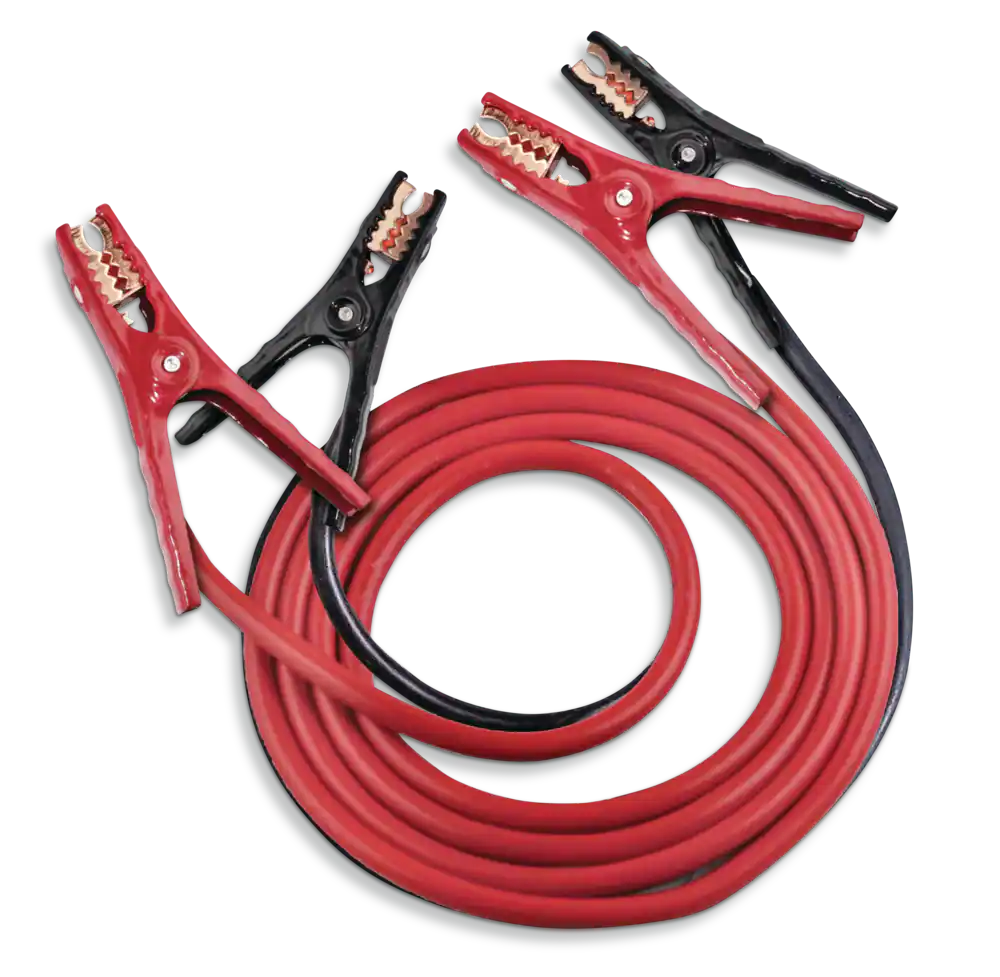What happened?
I drive for Uber. I was stranded on a street near downtown Vancouver around midnight. My friend diagnosed it as a discharged/dead battery problem. I had two options: one was to call a tow truck company since they can jump start my car, and if it’s a different problem, they can tow my car; the other was to call a taxi because taxis usually carry jump cables. I decided to call the tow truck company, and they charged me on an hourly basis, which ended up being $110, even though it was only a five-minute drive for them and a three-minute fix (they used a mobile jump starter). So, assuming that taxis can get to me almost as fast it probably would’ve been much cheaper calling up a taxi over a tow truck. Also, we can ask in advance whether the taxi carries a jump cable.
Conclusion and what I would’ve done differently:
- Call up a taxi at that time, or better yet, call up a friend that’s close by and awake to use their jump cable.
- While waiting for riders, whether it’s for them to get on or for a rider request, don’t stop the car if you think it’ll be a short wait.
- I read somewhere that it’s recommended to check on your battery first, make sure that it can’t be charged and that the battery health is actually low (a battery tester and battery charger is needed) as well as there aren’t any connection issues.
- Get my car battery replaced as soon as possible after doing step 3 (because in the past few days it discharged twice).
- Clean the dirty stuff around the battery safely.
Oct 3 2023 update:
- I charged the battery to 100%, and it ran smoothly for a week or so. However, after a while, it started discharging again. In the end, I decided to buy a new battery. I think the battery tester wasn’t that accurate, so I also returned it to Amazon.
- If your battery, for example, has a three-year warranty, you can return it (if it’s discharging) to your automotive repair shop or wherever you purchased it to receive a replacement free of charge (at least this is what happened to my friend).
Nissan Versa Note 2017 SL owner manual PDF
BATTERY
Keep the battery surface clean and dry. Clean the battery with a solution of baking soda and water. ● Make certain the terminal connections are clean and securely tightened. ● If the vehicle is not to be used for 30 days or longer, disconnect the negative (-) battery terminal cable to prevent discharge
Care should be taken to avoid situations that can lead to potential battery discharge and potential no-start conditions such as: 1. Installation or extended use of electronic accessories that consume battery power when the engine is not running (Phone chargers, GPS, DVD players, etc.) 2. Vehicle is not driven regularly and/or only driven short distances. In these cases, the battery may need to be charged to maintain battery health.
Q: Starting and stopping constantly may result in dead battery car?
Yes, constantly starting and stopping a car can put additional strain on the battery, potentially leading to a dead battery over time. Frequent starting requires more energy from the battery, and if the car’s alternator doesn’t have enough time to recharge the battery between stops, it can lead to depletion. It’s essential to minimize unnecessary starts and stops to help preserve the battery’s life.
Q: Can starting and stopping car frequently in short time result in discharged battery?
Yes, starting and stopping a car frequently in a short amount of time can contribute to a discharged battery. Each time you start the engine, the battery is responsible for providing the initial power required to crank the engine. If the engine is turned off and on repeatedly within a short period, the battery may not have enough time to recharge fully between starts.
Additionally, short trips don’t give the car’s alternator enough time to replenish the energy used during the starting process. The alternator is responsible for charging the battery while the engine is running, but it needs enough time to do so effectively.
Over time, these repeated short trips with frequent starts and stops can lead to a gradual discharge of the battery, reducing its overall capacity and potentially causing it to become fully discharged if not given proper time to recharge. To avoid this, try to consolidate short trips or consider using a battery tender or charger to keep the battery charged when the car is not in use for extended periods.
*Consolidating short trips means combining multiple errands or destinations into one longer trip whenever possible. Instead of making several separate short trips with frequent starts and stops, you plan your activities in a way that allows you to accomplish them all in a single longer trip.
Q: How much fuel is consumed if car is idling?
The amount of fuel consumed while a car is idling varies depending on the engine size, the car’s make and model, and other factors. On average, a car can consume around 0.2 to 0.6 gallons (0.8 to 2.3 liters) of fuel per hour while idling.
However, it’s important to note that idling for extended periods is generally not fuel-efficient. Modern cars are designed with technology to optimize fuel consumption during normal driving conditions, but idling for more than a minute or two can result in wasted fuel. In addition to fuel consumption, prolonged idling can also contribute to increased wear and tear on the engine and other components.
To minimize fuel consumption and reduce unnecessary engine wear, it’s best to turn off the engine when you expect to be idling for more than a minute, such as when waiting in a parked car or at long traffic lights. Restarting the engine typically consumes less fuel than continuous idling.
Q: When my car battery discharged twice in the past three days what should i do?
Experiencing two instances of a discharged car battery in a short period is a concerning sign. A car battery can lose its charge for various reasons, and it’s essential to address the issue promptly to prevent further inconvenience or potential damage to your vehicle. Here’s what you can do:
Check for the obvious: Make sure that there are no lights or electronic devices left on in the car when it’s parked, such as headlights, interior lights, or charging cables. Double-check all doors to ensure they are closed properly and not draining the battery.
Inspect the battery: Check the battery terminals for any signs of corrosion or loose connections. If you find corrosion, clean it using a mixture of baking soda and water and a wire brush. Ensure that the battery terminals are securely tightened.
Battery age: Consider the age of your car battery. If it’s more than three years old or nearing its end of life, it might be time for a replacement. Car batteries have a limited lifespan, and if it’s wearing out, it may not hold a charge as well.
Parasitic drain test: There could be a parasitic drain in your car’s electrical system, causing the battery to discharge when the car is off. To identify this, you’ll need a multimeter and some knowledge about car electronics or a trip to the mechanic who can perform a parasitic draw test to pinpoint the issue.
Charging the battery: If you have access to a battery charger, you can recharge the battery to see if it holds the charge. However, if the battery continues to discharge rapidly, it may be faulty and require replacement.
Seek professional help: If you are unsure about handling car batteries or electrical issues, it’s best to take your car to a professional mechanic or an automotive shop. They have the expertise and tools to diagnose and fix the problem correctly.
Consider external factors: Extreme temperatures can affect battery performance. If you live in an area with very cold or hot weather, it might be putting additional stress on the battery.
Remember, a discharged battery is a symptom of an underlying issue, and simply jump-starting your car every time it happens won’t solve the problem. Identifying and addressing the root cause will ensure your car operates smoothly and reliably.
If you don’t have a device connected to the charging cable, the risk of battery drain or overheating due to the cable itself is significantly reduced. The primary concern with leaving charging cables plugged into your car is the slight power draw they may have when connected to electronic devices.
Without any device connected to the charging cable, the power draw will be minimal, and it’s unlikely to cause a noticeable impact on your car’s battery. However, it’s still a good practice to unplug the charging cable when not in use or when the engine is off. Doing so helps prevent any potential wear and tear on the cable and the car’s charging port over time.
Even if the impact of leaving an empty charging cable plugged in is minor, making it a habit to unplug the cable can help maintain good car charging practices and reduce the risk of any unforeseen issues in the future. Additionally, it can also prevent the cable from being exposed to external elements that may cause damage over time.
So, while it may not be as critical as leaving a device connected, it’s still a best practice to unplug the charging cable when not actively charging a device in your car.
Note: this is all as of October 3, 2023 in Vancouver, Canada 1. Avoid Early Morning Airport Trips (3-8 am): Steer clear of scheduling trips to the airport during the early morning hours, typically between 3 am and 8 am. If you arrive at the airport during this time, finding …
Key function: “site:www.apple.com” The key function “site:www.apple.com” is a search operator that can be used on various search engines, including Google, to limit your search results to a specific website or domain. In this case, the example you provided (“site:www.apple.com”) would restrict the search results to only pages and content …
What happened? I drive for Uber. I was stranded on a street near downtown Vancouver around midnight. My friend diagnosed it as a discharged/dead battery problem. I had two options: one was to call a tow truck company since they can jump start my car, and if it’s a different …
Here are my notes that I took while reading through the “driving commercial vehicles a guide for professional drivers” textbook. Here are some of the webpages I used in the process: – https://www.icbc.com/driver-licensing/documents/drive_commercial_veh_full.pdf– https://quizlet.com/225504945/icbc-class-4-flash-cards/ – https://quizlet.com/ca/599848879/class-4-knowledge-test-flash-cards/– https://www.yourlibrary.ca/driving-test-questions/ *Note: 1. There may be mistakes in some of my notes, so please refer to …

Jump cable

Portable jump starter
